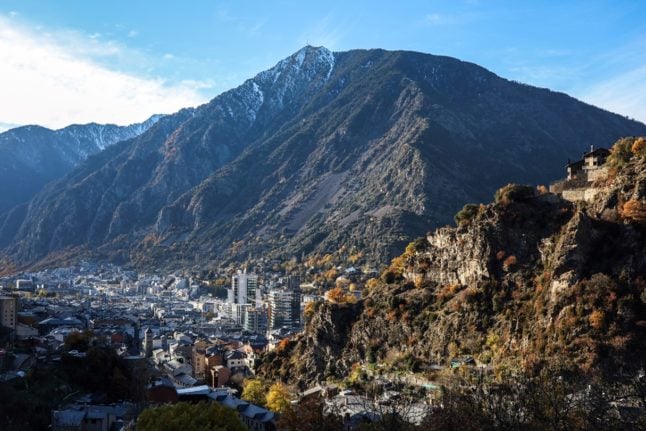The croissant is probably the food product most closely associated with France (tied with the baguette) but is it even French? Well, it depends on how you look at it.
The French croissant is usually credited to a couple of Austrian migrants – August Zang and Ernest Schwartzer, who opened a bakery in Paris in the 1830s. They specialised in the pastries and cakes of their homeland and are generally agreed to have popularised the kipferl in France.
Listen to the team from The Local discussing croissants in the latest episode of the Talking France podcast. Listen here or on the link below
The kipferl shows up in records in Austria at least as early as the 13th century, so it definitely pre-dates the croissant.
In the 1800s the French went crazy for Austrian pastries, which is why we talk about viennoiseries (referencing Austrian capital Vienna) to refer to breakfast pastries such as croissants, pain au chocolat and pain au raisin.
But is a kipferl a croissant? The original recipe called for the roll to be made of bread, not pastry, and modern recipes call for a light yeast dough, often scented with vanilla.
Delicious, undoubtedly, but a croissaint . . .
It wasn’t until the early 20th century that the French baker Sylvain Claudius Goy created a recipe using puff pastry instead.
His instructions specified that the croissant be made of rolled puff pastry, laminated with butter to create layers – and this is how modern day croissants are made.
The pastry layers are what creates the distinctive crumb-scattering deliciousness that is a croissant.
So did the Austrians invent the croissant or did they just invent a curved bread roll? Or should France and Austria share the credit and chalk this one up to another great success from international cooperation?
One thing that is certainly French is the name – croissant in French simply means ‘crescent’ and refers to the shape of the breakfast pastry.
It’s used in other contexts too – for example Le Mouvement international de la Croix-Rouge et du Croissant-Rouge – is how the International Red Cross and Red Crescent Movement is referred to in French.
And Marie Antoinette?
This historical rumour is almost certainly rubbish.
Although Marie Antoinette was indeed Austrian, the first record of the croissant does not appear in Paris until at least 40 years after her death and the two Austrian bakers credited with introducing the croissant weren’t even born when she met her end on the guillotine in 1793.



 Please whitelist us to continue reading.
Please whitelist us to continue reading.
Member comments